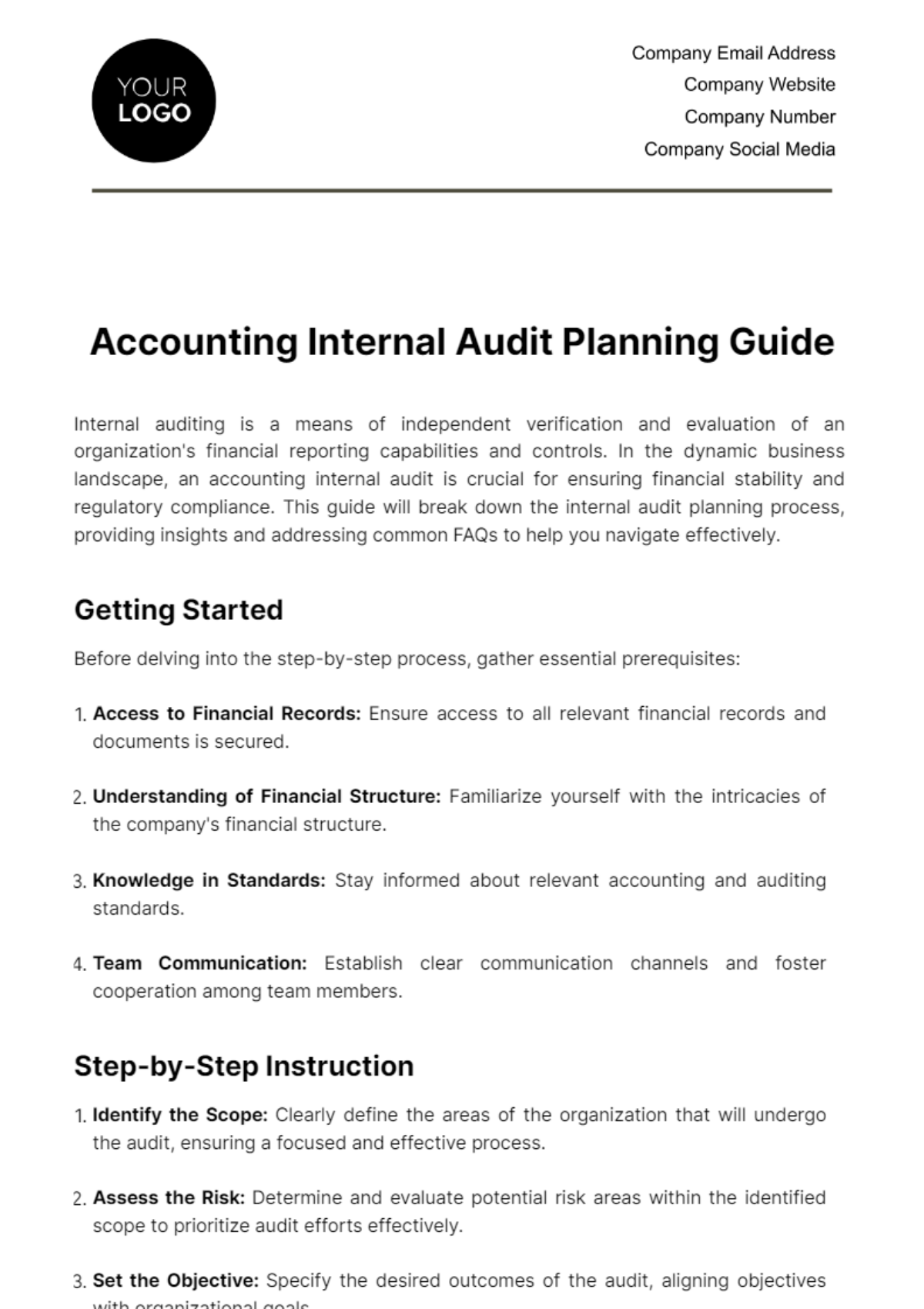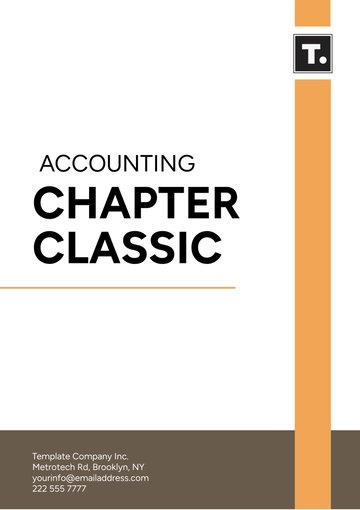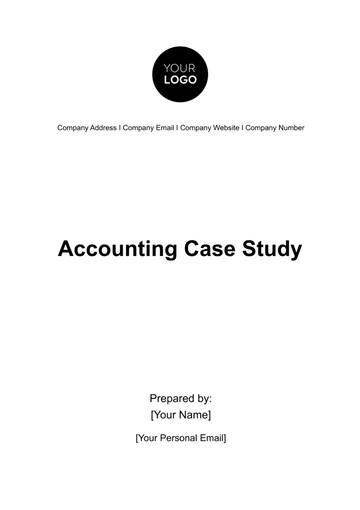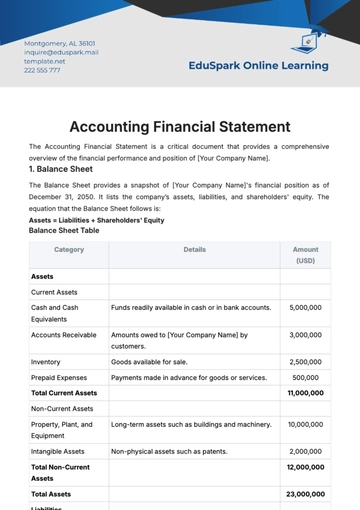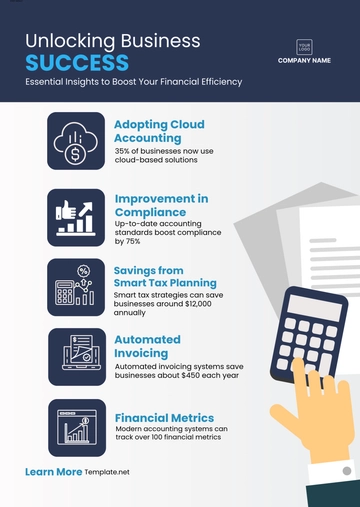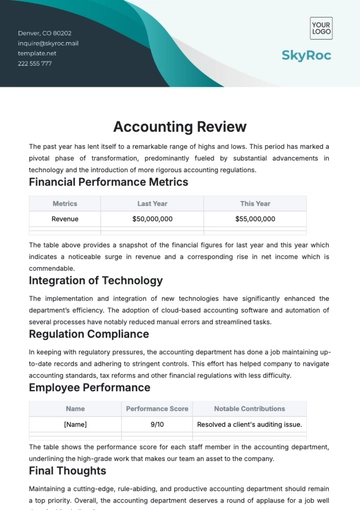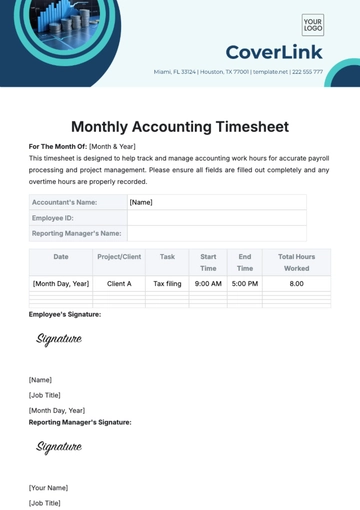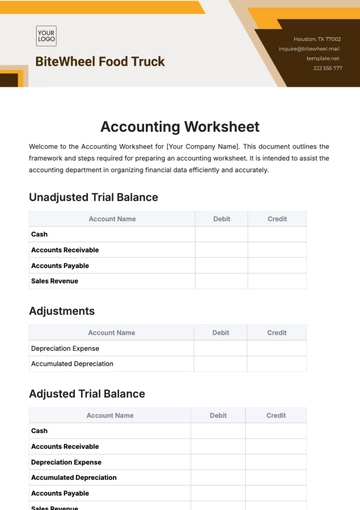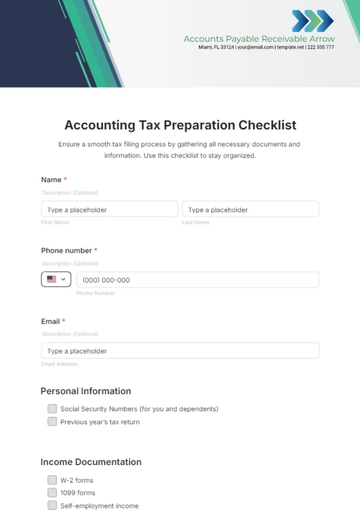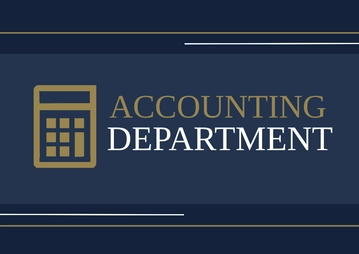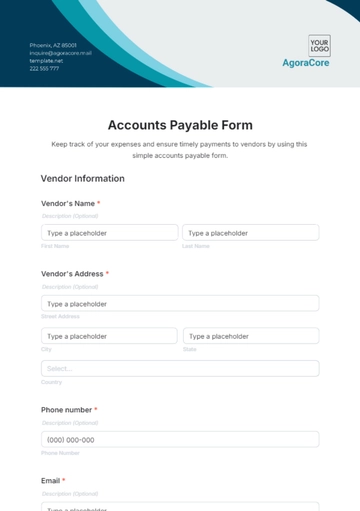Accounting Internal Audit Planning Guide
Internal auditing is a means of independent verification and evaluation of an organization's financial reporting capabilities and controls. In the dynamic business landscape, an accounting internal audit is crucial for ensuring financial stability and regulatory compliance. This guide will break down the internal audit planning process, providing insights and addressing common FAQs to help you navigate effectively.
Getting Started
Before delving into the step-by-step process, gather essential prerequisites:
Access to Financial Records: Ensure access to all relevant financial records and documents is secured.
Understanding of Financial Structure: Familiarize yourself with the intricacies of the company's financial structure.
Knowledge in Standards: Stay informed about relevant accounting and auditing standards.
Team Communication: Establish clear communication channels and foster cooperation among team members.
Step-by-Step Instruction
Identify the Scope: Clearly define the areas of the organization that will undergo the audit, ensuring a focused and effective process.
Assess the Risk: Determine and evaluate potential risk areas within the identified scope to prioritize audit efforts effectively.
Set the Objective: Specify the desired outcomes of the audit, aligning objectives with organizational goals.
Develop the Audit Plan: Describe in detail the procedures that will be employed during the audit, ensuring a systematic approach.
Carry out the Audit: Follow the outlined audit plan, gathering and meticulously examining relevant evidence.
Prepare the Audit Report: Compile findings into a comprehensive report, emphasizing any identified issues or discrepancies.
Troubleshooting
Challenges are inevitable during audit planning; here are some troubleshooting tips:
Access Issues: If certain financial records are inaccessible, collaborate with team members or consider hiring a forensic accountant.
Complex Risk Assessment: For challenging risk assessments, leverage professional audit software or seek expert consultation.
FAQs
Q: What is the purpose of an internal audit?
A: The purpose is to evaluate and improve the effectiveness of a company's risk management, control, and governance processes.
Q: How often should an internal audit be carried out?
A: Frequency varies based on the company's size and risk profile. Larger organizations with higher risks should conduct audits more frequently - typically annually or bi-annually.
Conclusion
Internal audit planning demands attentiveness, thoroughness, and perseverance. The benefits it brings to an organization's financial health are worth the effort. As a final tip, always adjust the audit plan according to new information, prioritize open communication within the team, and when in doubt, seeking expert advice can save time and effort.
For further inquiries, please contact [Your Name] at [Your Email].
Accounting Templates @Template.net
